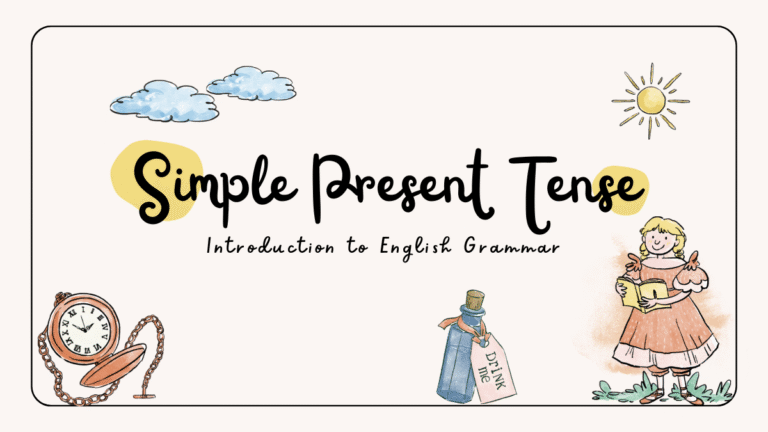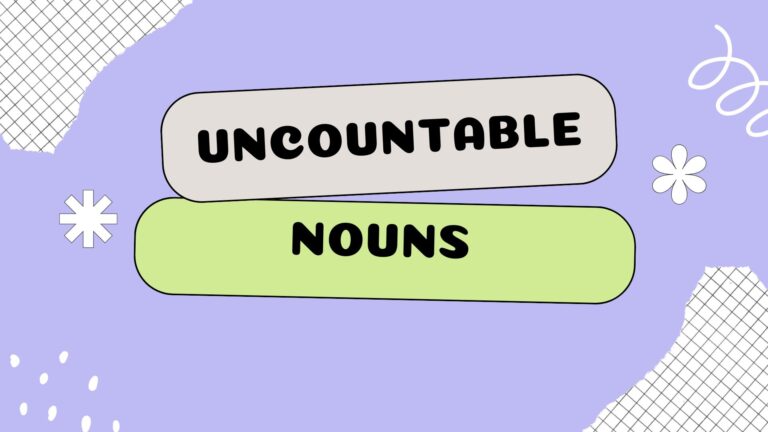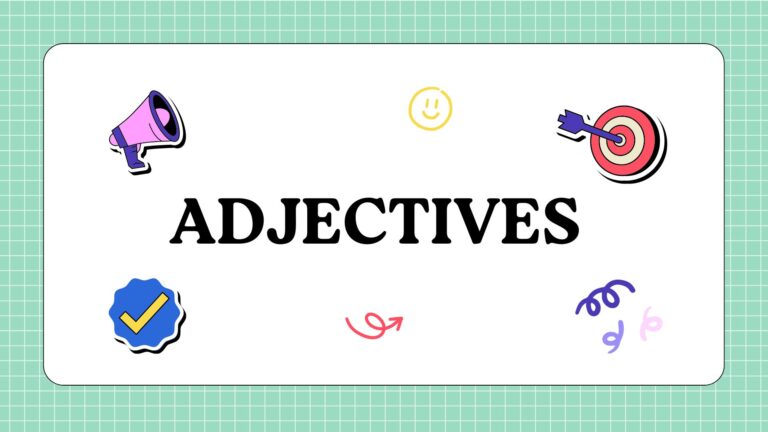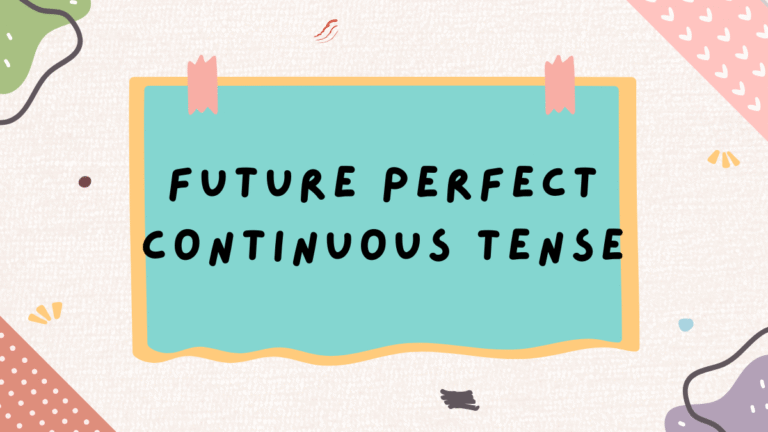Verb Forms
Learn 50 verb forms. Unlock understanding of English grammar with clarity.
Definition of Verb Forms:
Understanding verb forms is essential for mastering any language. A verb form is defined as a variation of a verb that conveys different tenses, moods, or aspects. This flexibility allows speakers to express not just actions, but also the timing and nature of those actions. For instance, the distinction between “I run,” “I ran,” and “I will run” illustrates how verb forms can shift our perception of time and intent.
Different languages may prioritize certain tenses or aspects, reflecting unique societal values or experiences. For example, in some cultures a verb might highlight ongoing actions and processes, showcasing values experience over mere completion
Base Form (V1)
The base form, or V1, of a verb is its simplest version without any tense changes. This basic form is the starting point for other verb forms. For example, “run,” “jump,” and “think” are base forms that change to past or participle forms like “ran,” “jumped,” and “thought.” Knowing the base form is important for understanding how to use verbs and build sentences effectively.
Past Simple (V2)
The Past Simple, or V2, is an important part of English grammar that shows actions finished in the past. It describes events that have already happened, giving a sense of completion. For example, when we say “She walked to the store,” we show an action and create a clear picture of that moment. This tense is useful in storytelling because it makes sharing experiences easy and engaging.
Learning Past Participle (V3)
The past participle, known as V3 helps us create perfect tenses and passive voice, showing completed actions or states. For example, in the sentence “She has finished her project,” the word “finished” shows that the action is complete and connects it to the present.
Present Participle and Gerund (V4)
The present participle and gerund, known as V4 forms, have the same base but different roles in English. A present participle is the -ing form of a verb used mainly to create continuous tenses or as an adjective. For example, in “The running water is cold,” “running” describes the water, making the scene more vivid.
Future Simple and Verb Forms (V5)
The Future Simple tense typically employs the auxiliary verb “will” followed by the base form of the main verb (V5), making it an accessible structure for learners and seasoned speakers alike. This simplicity allows for clarity when discussing future intentions or predictions, ensuring that the message is conveyed without ambiguity.
Practical Examples of Verb Forms
| V1 | V2 | V3 | V4 | V5 |
| bear | bore | borne | bearing | bears |
| spin | spun/span | spun | spinning | spins |
| tear | tore | torn | tearing | tears |
| undo | undid | undone | undoing | undoes |
| weave | wove | woven | weaving | weaves |
| hit | hit | hit | hitting | hits |
| forsake | forsook | forsaken | forsaking | forsakes |
| deny | denied | denied | denying | denies |
| deal | dealt | dealt | dealing | deals |
| choose | chose | chosen | choosing | chooses |
| break | broke | broken | breaking | breaks |
| keep | kept | kept | keeping | keeps |
| arise | arose | arisen | arising | arises |
| believe | believed | believed | believing | believes |
| sit | sat | sat | sitting | sits |
| write | wrote | written | writing | writes |
| show | showed | shown | showing | shows |
| turn | turned | turned | turning | turns |
| help | helped | helped | helping | helps |
| seem | seemed | seemed | seeming | seems |
| talk | talked | talked | talking | talks |
| have | had | had | having | has |
| know | knew | known | knowing | knows |
| get | got | got/gotten | getting | gets |
| say | said | said | saying | says |
| go | went | gone | going | goes |
| do | did | done | doing | does |
| be | was/were | been | being | is/are |
| know | knew | known | knowing | knows |
| find | found | found | finding | finds |
| give | gave | given | giving | gives |
| use | used | used | using | uses |
| want | wanted | wanted | wanting | wants |
| look | looked | looked | looking | looks |
| come | came | come | coming | comes |
| take | took | taken | taking | takes |
| see | saw | seen | seeing | sees |
| think | thought | thought | thinking | thinks |
| make | made | made | making | makes |
| tell | told | told | telling | tells |
| mean | meant | meant | meaning | means |
| leave | left | left | leaving | leaves |
| put | put | put | putting | puts |
| become | became | become | becoming | becomes |
| feel | felt | felt | feeling | feels |
| ask | asked | asked | asking | asks |
| need | needed | needed | needing | needs |
| try | tried | tried | trying | tries |
| work | worked | worked | working | works |
| call | called | called | calling | calls |
Tips for Mastering Verb Conjugation
To master verb conjugation, immerse yourself in environments full of context. Read books, watch movies, or listen to music in the language you are learning. This helps you see and hear verbs in use, making it easier to remember them. Keep a journal where you write short stories or daily thoughts using new verbs.
Associating verbs with personal experiences makes them easier to remember. You can also use apps like Duolingo or Anki for interactive practice and instant feedback. Combining traditional study methods with modern tools will help you master conjugation and enjoy the learning process.







